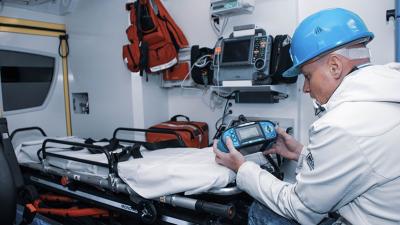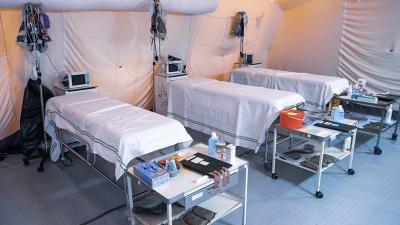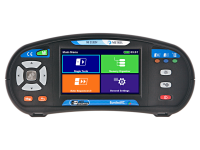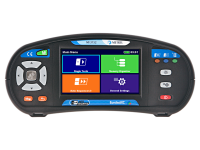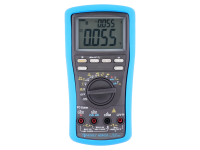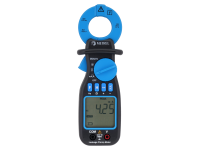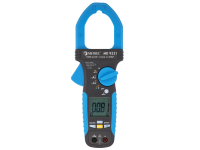Generator safety
Secondary power sources in healthcare
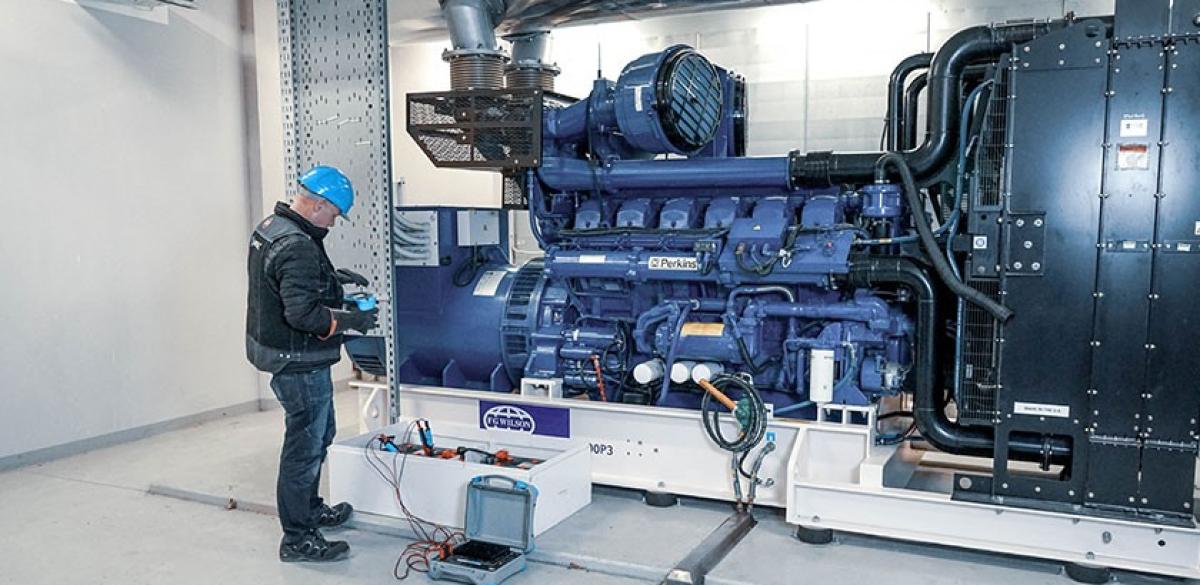
Diesel or petrol generators are the main backup electrical sources. They are small, easy to obtain, easy to maintain through years of disuse, cheap and reliable. They can provide power for extended period of time: as long as they have fuel. Start-up is quick with automatic options available, even though it requires some care for electrical safety before firing it up.
They have two main uses in a hospital. First is as main backup power source in case of an outage. This has to be a large and powerful machine, able to power the emergency lights and outlets in the whole complex. Patient lives depend on its power. Usually, the emergency installation covers about half the lights and any outlets with life-support machinery.
Second use is the smaller generators for field work. Both ambulances (when stationary) and field hospitals need a power source, and batteries aboard can only cover a relatively short time. Generators also provide AC voltage at values similar to fixed installation, while batteries need converters. Most of the appliances in the ambulance or a temporary hospital are more suited to regular mains voltage, while others have their own batteries.
Main safety concern about a generator is not physical, like insulation or leakage, but human factor. It is sometimes not trivial to connect it to an existing installation. Circuit rules have to be followed. Main consideration is separating any parts of the installation that could be powered by other sources from parts powered by the generator. If multiple generators are used, synchronization of rotary field, frequency, phase and voltage is necessary. A hospital that must get backup power running as fast as possible will likely opt for an automatic process. The necessary device is built into the main switchboard. The emergency installation is already prepared for backup supply and the fixed connection point is available by design, making the transition easier and smoother.
Application Notes
Measurements
Protection in case of backup power consists of overcurrent devices and RCDs. The whole temporary installation must exhibit proper insulation and low line and loop impedances. The earthing is usually reused from primary installation and must be always in a good condition. These tests can be performed by a Metrel multifunctional installation testers, like MI 3155.
Mobile generators will operate in isolated conditions or in case the powered earthed devices are galvanically separated. The generator can also have an earthed neutral point if the soil on the location allows that. In this case, they can also be used for powering an earthed installation. They can be protected by PRCDs or RCDs, must have an overvoltage or overcurrent protection, and their insulation materials and any extra equipment have to be adapted for outdoor use. Mobile generators have to be carefully chosen for their intended use. They can be sometimes designed to power only one consumer at a time. They cannot handle the disturbances caused by plugging or unplugging multiple devices in this case. Extra features of course mean an extra cost. If the intention is to have them built-in to intervention vehicle, their thermal output has to be considered as well.
To confirm the condition of the mobile installation and the appliances in it, they should be tested after every intervention. This is not a common practice, as testing is time consuming and can be expensive. Still mobility is the part of the installation that needs most frequent tests. An ambulance is a first-line intervention vehicle and lives depend on its reliability, so no error should be allowed.

